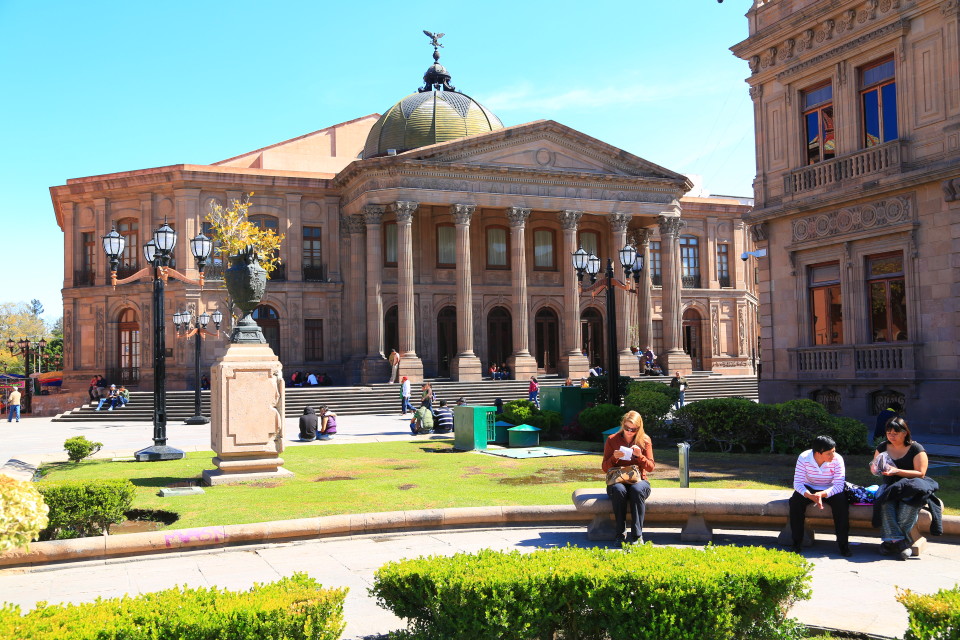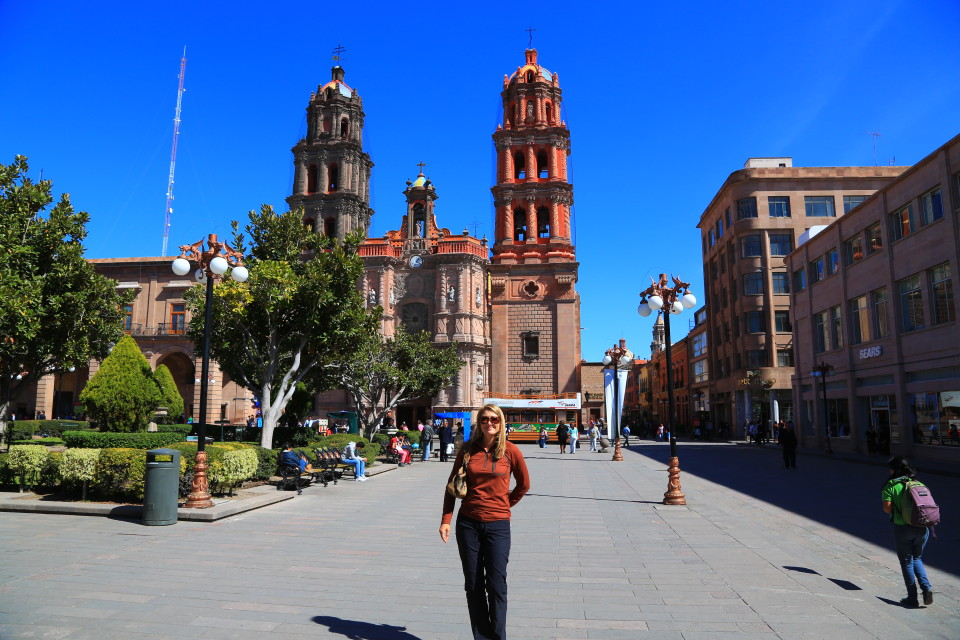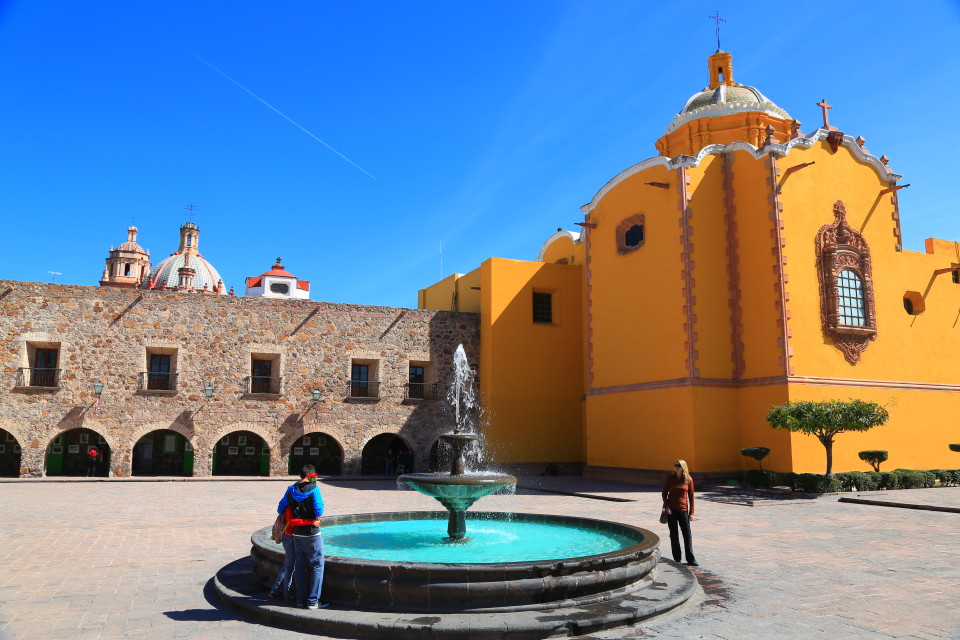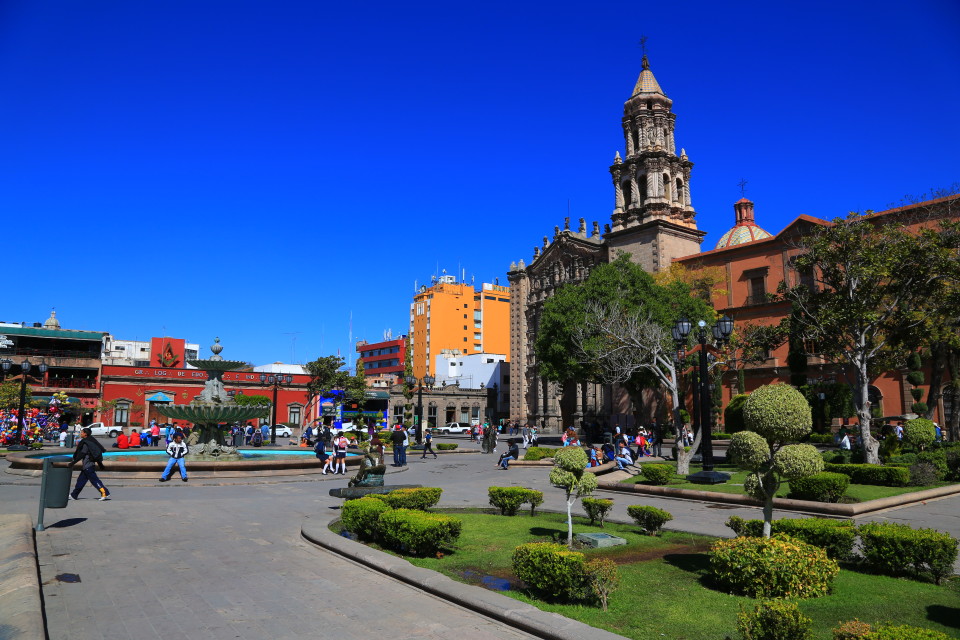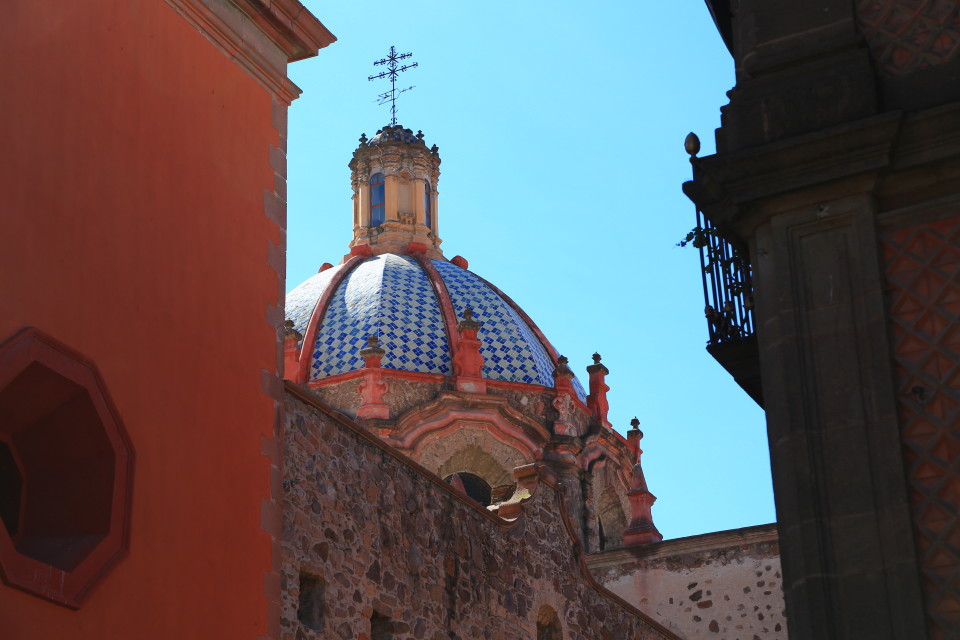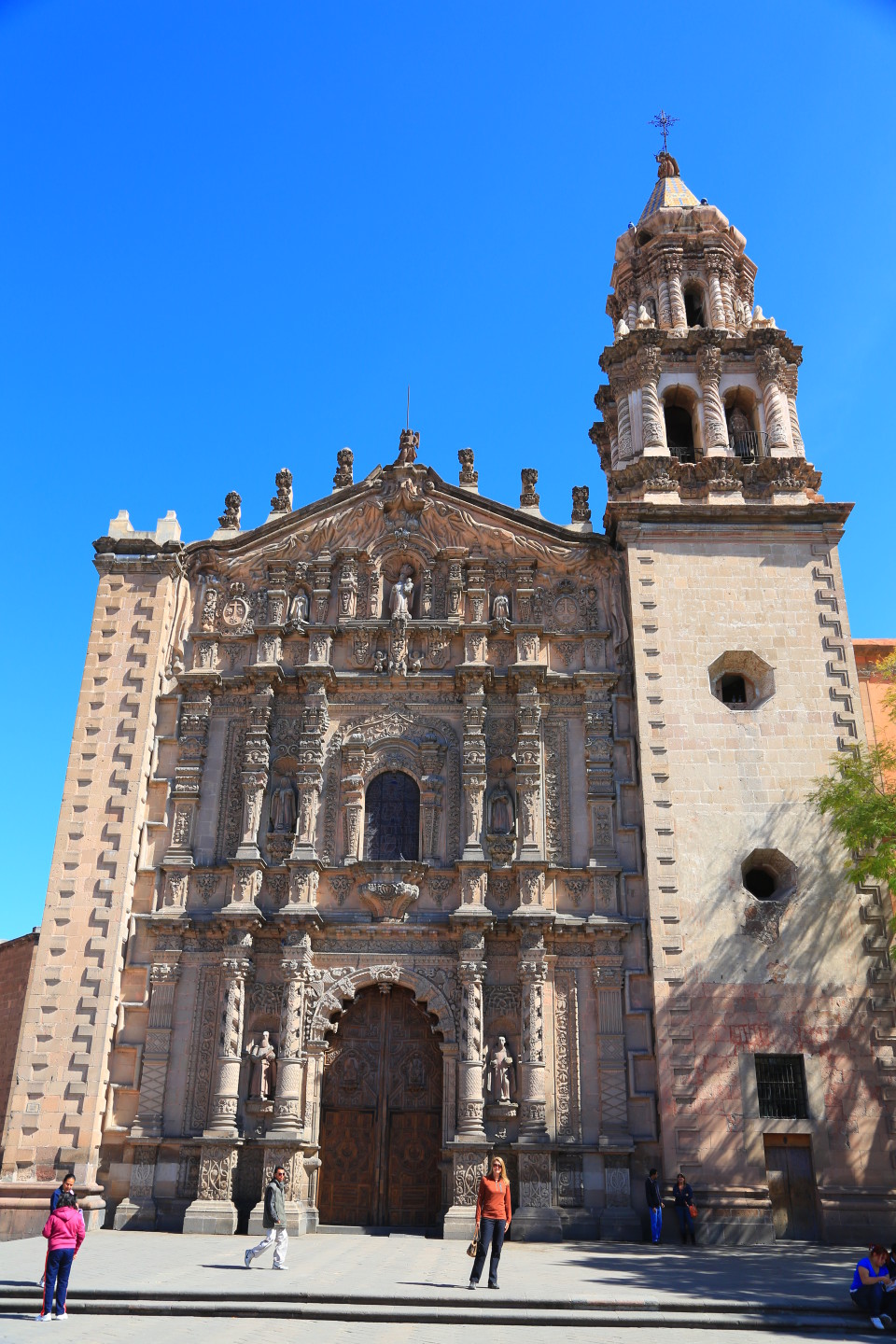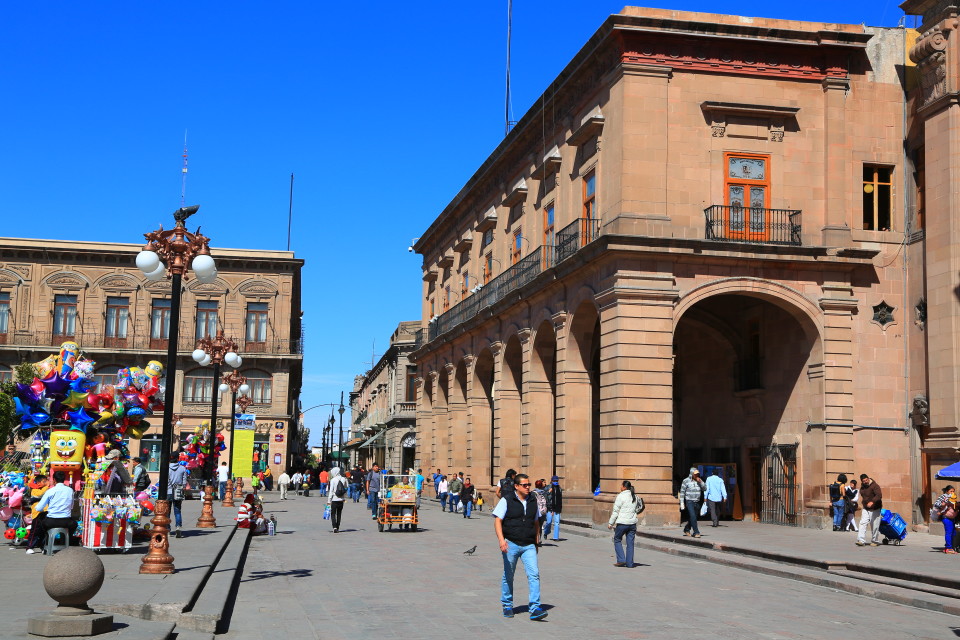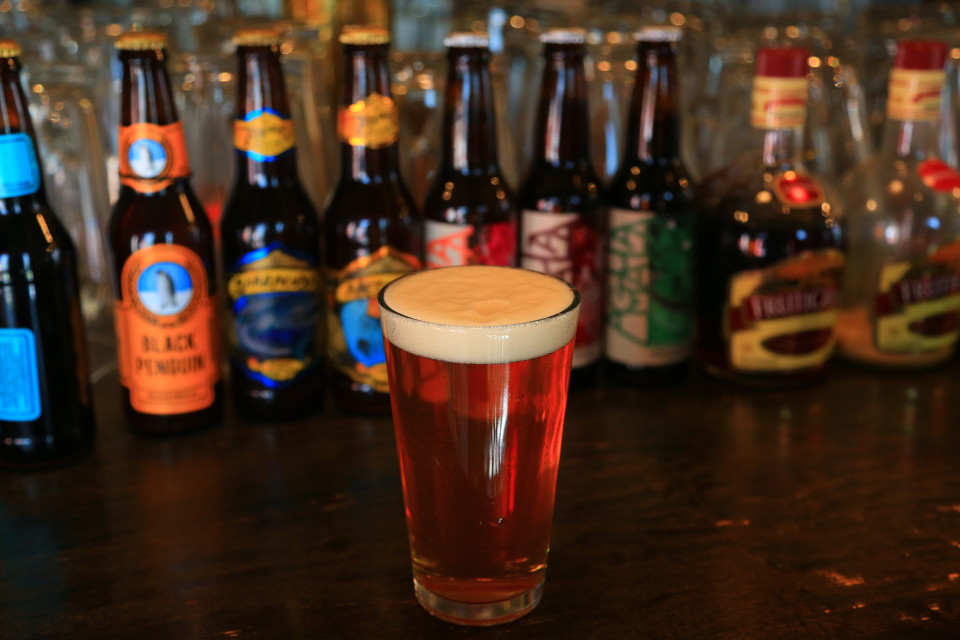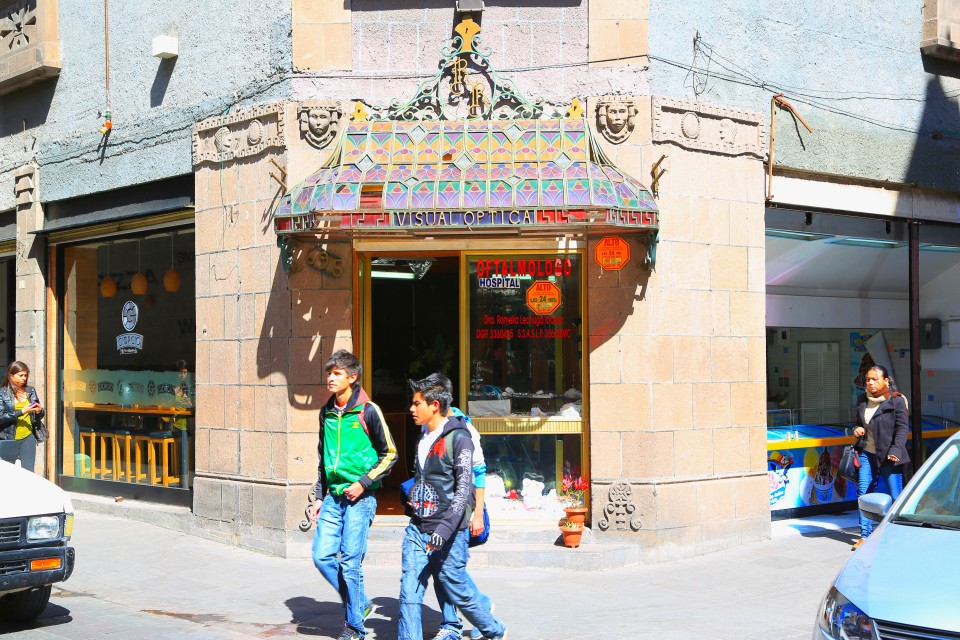It seems on the UNESCO World Heritage site circuit of central Mexico that colonial San Miguel de Allende, Guanajuato and Morelia get all the love, while colonial San Luis Potosi (called SLP by locals) which is also a UNESCO World Heritage Site, get a little left behind. So we thought we would see what this city was all about. I like an underdog.
SLP is another Spanish colonial city that was established in the 1500s because of the rich silver and gold mines. In fact it was named Potosi after the rich mines in Potosi, Bolivia and the San Luis was from the French King Louis IX who is the city’s patron saint (he was heavily involved in the crusades, I guess that can make him a saint depending on what side of history you are on).
SLP was a very European feeling city in layout and architecture, but very Mexican in culture. There were not a lot of tourists that we saw, but it was a easy city to explore and was very pretty. We kept saying we felt like we were in Europe, and liked the busy, lived in feel of this city.
In SLP we also went to our first Mexican micro brewery. We like Mexican beer, but when you are used to IPAs and craft beers, it is rather “one note”, or as we have been calling it lately, Mexican water. The micro brewery was great, but the prices were on par with San Francisco, which limited our consumption. We also saw a lot of young Mexican “hipsters” in this city. With the obvious trendy youth scene here (there is a university) it seemed like there were a lot of options for bars and restaurants that were a little edgier than we had seen in the other UNESCO cities mentioned above. We ate one meal of falafel in cage like metal chairs suspended from the ceiling. It was rather hard to eat as you were swinging around…..
Lastly, if you find yourself ever visiting here, try the tacos and enchiladas potosinos, they are soaked in a red chili sauce and unique to this city. YUM.
It is a city worth stopping for, even if just for half a day. However, if you are overlanding, some of the camp sites in the Church’s guide are no longer open. We drove to Rio Verde and spent a miserable night in a Pemex because it got dark before we could find a camping option.














